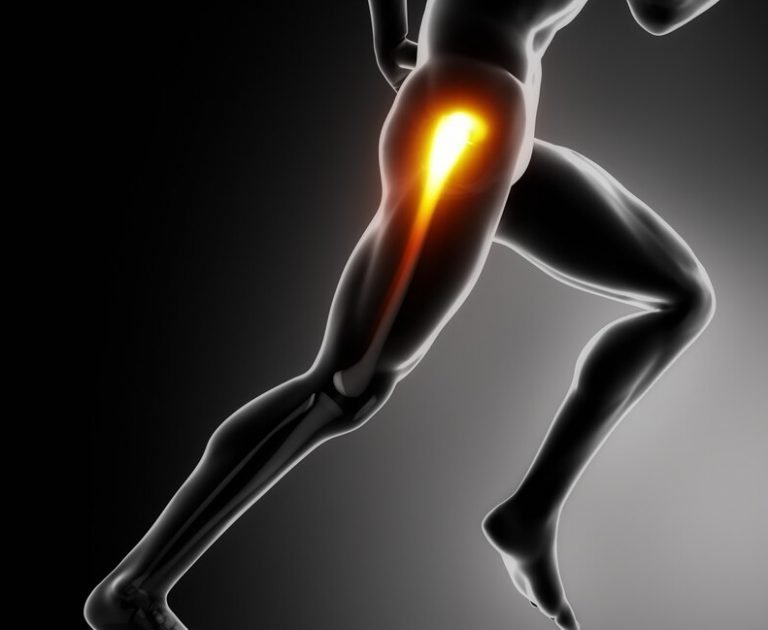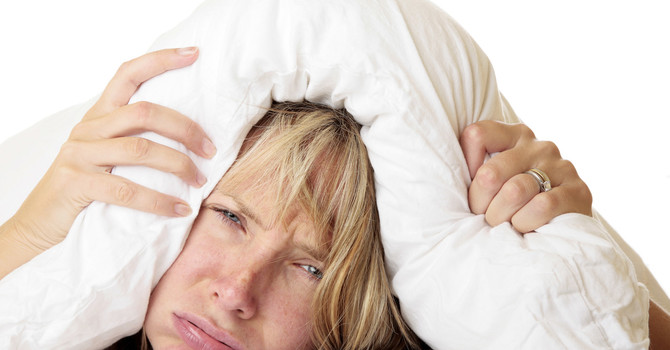
When a patient presents with low back pain we also need to understand the relationship that the lumbar spine has with the other joints in the body, particularly the hip. The hip is unique in that is it designed to be a mobile joint but also depends on muscles to provide stability and movement. The faulty hip movement will require the spine to move more than normal in an effort to compensate. Excessive stress on the spinal joints can result in low back pain, but the problem at the hip may the underlying cause.
A common example of how the back is influenced by the hip occurs with walking or running. During walking or running, the hip must extend backward as the upper body passes over the support leg. If the hip movement is poor and does not extend properly, the back will have to extend excessively to compensate. This will, in turn, lead to a “jamming” of the facet joints of the spine and lead to pain. In this instance treatment directed at the back will be needed, but for full resolution, the problem at the hips will also require correction to reach a lasting solution.




